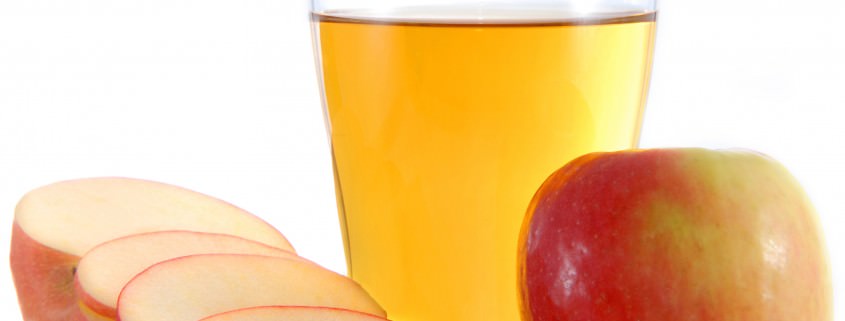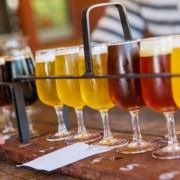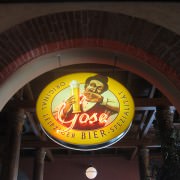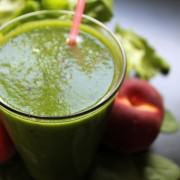Growth of Cider Industry Inspires Old Drinks to Learn New Tricks
The growth of hard cider in the U.S. has been noted and written about for some time now. The boom began between 2013-2014, when the cider category grew over 75%. That’s an insane growth curve for a market. Cider has a lengthy history steeped in European beverage lore. Accounts of the fermented beverage date back to the Roman Empire. While Europe holds the mantel of cider (Britain boasts the worlds largest per capita consumption of cider), the earnest beverage of fermented apple juice has begun to capture American palates once again. This market growth has allowed cidery’s to experiment with production and offer innovative new products.
Cider is truly one of the great gifts of Autumn. The two go naturally together as the apple harvest begins in September and runs through October. Cider happens to be one of the most versatile drinks to enjoy. Have it cold or warm – to refresh or to comfort. Have it without alcohol for a midday drink. Or, like many millennial drinkers are doing, enjoy it as a libation after a rough day at the office.
Hard cider is a great carbonated alternative to beer. It is often lighter, more refreshing, and acts as a crucial gluten free option for those who claim unreconcilable differences with gluten.
As we are in the midst of fall in the U.S., it seems appropriate to take a look at some cider-style options that add variety and innovation to the beverage with ancient roots.
Perry and Alternative Fruit Ciders
By definition, cider is the unfiltered juice of an apple. Through fermentation, it becomes a hard cider. Cider has different rules depending on where you’re drinking it. In the United States, cider must be a minimum of 50% apple juice, while in the U.K., cider must only be comprised of 35% apples. In France, ever the purists, cider must be made from 100% apple juice.
Adding fruits to ciders can change the flavor profile in order to offer a unique drink, as well as raising the sugar content and increasing alcohol in ciders.
Perry is a cider made from pears, instead of apples. This is the British term for the drink, while the French call it poire. Perry’s are usually lighter and more subtle than apple cider. Pears have less tannins than apples, and it’s juice is slightly sweeter.
Wyder’s makers one of the most popular perry’s sold in the United States, though it’s called a cider on it’s label. The cidery also adds a unique twist to the perry, producing a pear cider that is aged in reposado tequila barrels. The light characters of a perry make it prime to take on notes of agave and oak from the ex-tequila barrels.
Crispin cider is a leader of innovative ciders. They are experimenting with apple varieties like Honeycrisp, instead of using traditional cider apples. There Bohemian cider uses a lager yeast strain with unfiltered apple cider to create a rustic cider that balances crisp lager yeast with the juicy and sweet unfiltered cider. They also make a perry with blackberry that adds a tartness to the drink.
Mead and Cyser
What’s mead? It’s an alcohol beverage made from fermenting honey, water, and fruits. Mead can be intensely sweet, and cutting that sweetness with a a tart and carbonated apple cider can make the mead more approachable. Cyser is essential mead made with fermented cider.
The process of making mead is much more hands on than that of brewing beer. Once the beer wort has gone into the fermentation process, it is essentially a waiting game. While mead requires constant supervision to take measurements for gravity (alcohol), taste and to resuspend the yeast . With this sort of attention to detail and minimal automation to the process, don’t expect a mead from Annheuser-Busch anytime soon.
In the midwest, the Michigan meadery, B. Nektar, has been the leader of bringing cyser and mead back into the market.
- 5 Fall Cocktails to Capture the Flavors of Autumn - September 26, 2018
- How Restaurants Can Ignore Sales and Increase Profits - May 9, 2018
- 2018 Spring Wine Trends - April 18, 2018









